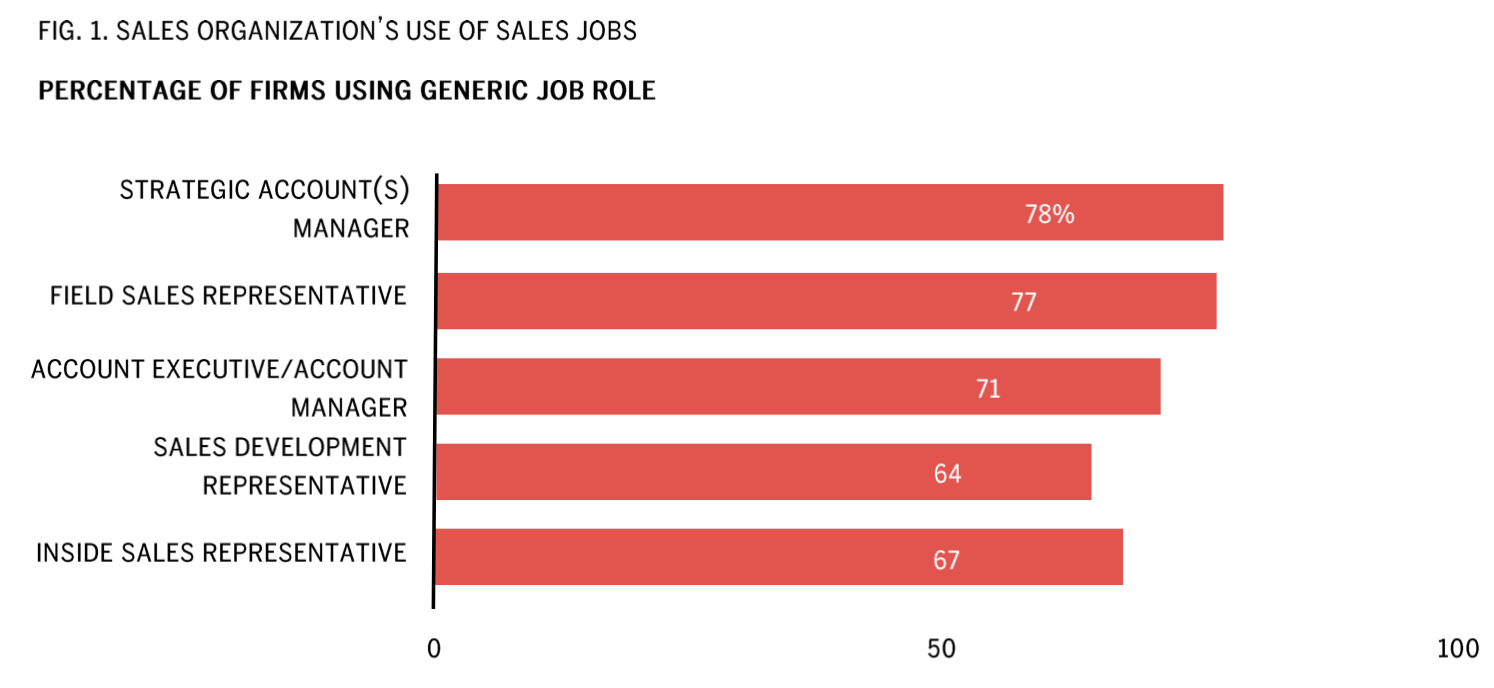Are You Structuring Your Sales Team Correctly?
In the wake of the pandemic, many organizations have re-evaluated the way they do business. From evaluating their tech stack, to how they target & prioritize prospects, to rethinking their organizational structure & sales process entirely, shake ups have been a common trend across many different organizations.
The impact of the pandemic’s shut-downs have been felt throughout all levels of the sales organization: from the C-suite to SDRs, layoffs and cuts were sometimes necessary to keep the business afloat. Many organizations were forced to restructure their sales teams and the sales-related roles present in their organizations.
On the other end of the spectrum, there were also firms who saw a large increase in business post-pandemic due to essential business designations and increased demand for certain industries & products. This has caused widespread restructuring, too, as companies saw massive growth that required team expansion to keep up with demand.
Most Prominent Sales Job Roles and Their Titles
With all the changes and reorganizations that resulted from 2020, now is as good a time as ever to make sure your company’s sales team is structured correctly. Often, it can be helpful to understand what others are doing, and to learn by example.
To that end, we studied sales organizations in firms across many different industries in partnership with the Sales Management Association. The resulting report, found in its entirety here, revealed which job titles were most critical to an organizations’ structure, based on prevalence.
There were a few key job titles or roles that were consistently found at the firms we surveyed, and we designated these as the general core sales roles. The 5 most common sales roles across multiple industries and organizations were as follows:

- Sales Development Representative – Identifies, qualifies, and/or cultivates new customer prospects.
- Field Sales Representative – Responsibilities pre-quarantine included making face-to- face calls on new or existing customers. Post quarantine these salespeople remain focused on their pre-quarantine responsibilities (though may now be virtually deployed) in winning new accounts, growing and retaining existing accounts.
- Inside Sales Representative – Working predominantly through phone and web, sells to customers and/or prospects. Deployed as “inside” sales people pre-quarantine, and remain so now.
- Account Executive or Manager – Focused on retaining and growing existing customers, with little or no new customer acquisition responsibilities.
- Strategic Account(s) Manager (or National/Global/Key Account(s) Manager) – Focused on managing relationships with the top-most (largest value) customers and or prospects.
As you can see in the above figure, the majority of firms studied had some version of these sales roles listed present in their organization. Of these common positions, over 70% of firms have a Strategic Accounts Manager, Field Sales Representative, or Account Executive/Manager in their sales organization structure. This data leads to the conclusion that these roles are most crucial to sales organization structures, and reveals where companies are focusing their efforts.
The results make one thing especially clear: Strategic Account Managers are overwhelmingly present in the sales ecosystem. Of the different job positions, the most common title across firms was a Strategic (or National/Global/Key) Account Manager, with 78% of firms reporting it as part of their sales organization.
If your sales team doesn’t have a designated role for salespeople that assigns them to top customers and prospects to focus on nurturing and growing share of wallet, you may want to consider it.
Diversity of Sales Roles per Organization
We also took a look at how likely a firm was to have more than one sales role, and how many different roles/titles existed at the majority of sales organizations.
Less than 10% of those surveyed only had one of the generic sales positions, with the majority having at least four different titles. As seen in the graph below, the highest percentage of firms reported having 5 different sales roles. This diversity in job title and role allows for a more focused, strategic concentration on all stages of the customer buying cycle.

The results of the study closely mirrored some of the organizational changes we’ve heard from our own customers across a variety of industries. Restructuring has been reported across all industries, organizations, departments and roles.
Even if organizational structure remained untouched, a shift in what is required of traditional sales roles is to be expected. In many cases, more responsibility for identifying potential areas of growth for customer accounts has been placed on all roles in order to make up for the lost revenue of 2020.
Looking Ahead
Make sure you have your team structured correctly with the right job positions & staffing numbers for those positions. This will keep your sales department running like a well-oiled machine, and the efficiency and productivity of your team will positively impact your revenue for the year.
In 2020, companies saw first-hand the importance of being agile. Now, in 2021, the importance (and necessity) of being strategic is more prominent than ever in the business world.
Interested in learning more? Take a look at our other blog posts about the study: one regarding performance measurement trends and another about the metrics used to measure sales performance.


